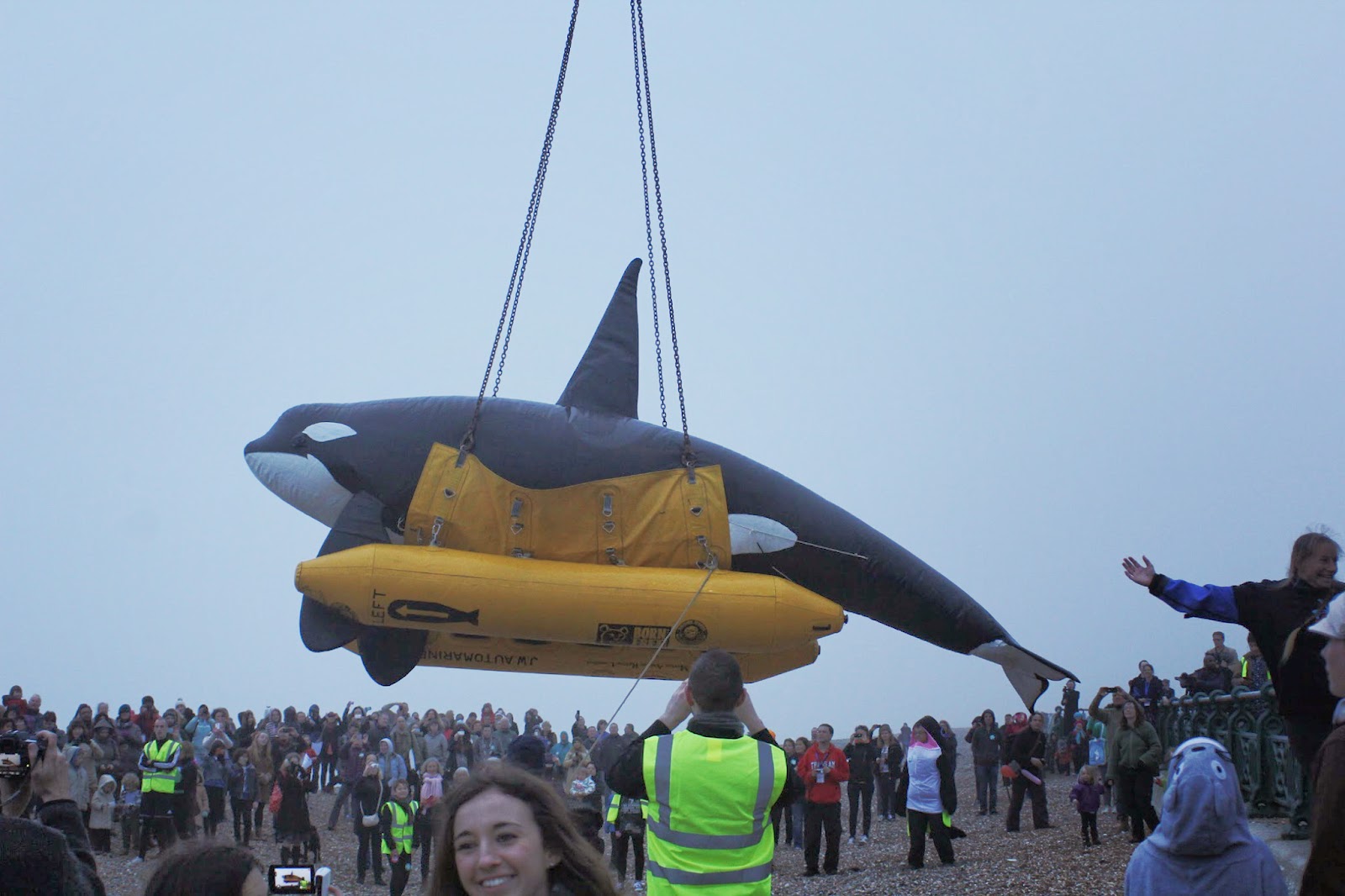March 15th and 16th 2014, and without even leaving the Hilton Hotel I had guided nearly 10 whale watching trips in the Azores. I had helped passengers into rather fetching bright orange, bulky lifejackets and then climb into our boat. I had given them a chat about not throwing rubbish (or themselves!) overboard, about how we follow whale watching guidelines and how we collect data, turning round and pointing to my science guide, clipboard in their hand. We had then headed off, passing yachts and other boats, heading out past mount Pico. I had told them what to look for in order to help us find whales and dolphins, pointing out that it did not matter whether it turned out to be a whale, a wave or an office chair (it happens to the best of us!) I would rather they shout out. And not before too long we had come across a huge flock of Cory’s shearwaters followed swiftly by a small group of Risso’s dolphin. Heading on and we come across our first sperm whale, the largest of the toothed whales and famed for being Moby Dick. We get even more excited as suddenly a mother and her calf surface just ahead, resting at the surface before they dive, the mother lifting her tail high out of the water.
We continue on, sperm whales can hold their breathes for over an hour so she may be some time, and are suddenly surrounded by a huge mixed group of bottlenose and common dolphins. The common dolphins come so close you can see them under water and hear them whistling. As quickly as they arrived the dolphins are gone and our search continues. As we travel I reach over and scoop a plastic bag from over the side, highlighting the issues of plastic in our oceans and the problems it causes when eaten by whales, dolphins and turtles. Then there ahead, another sperm whale, a big male this time. He is huge. We watch as he breathes at the surface, you can feel the spray from his blow on your cheek, before he too lifts his massive tail into the air and dives. Camera’s click madly as out science guide gets a picture for photo ID.
It’s not over though as we now come across a nursery group of young sperm whales. Time for the hydrophone. With one passenger clasping the end of the rope we lower the underwater microphone over the side and listen carefully. Regular clicks can then be heard, sperm whales echolocating beneath us, searching for their prey. Before too long it is time to leave, the last whale lifts it tail and dives beneath the waves, we haul in the hydrophone and head for home. But never say never, as we speed a long one final dolphin leaps out from infront of us.
And then there is land, and more boats and the harbour again. We are back. I thank them for coming, for yelling loudly everytime they saw a whale, and for listening. I tell them to go and ask whale watch operators whether they follow guidelines, pick up litter, collect data, and encourage them to go whale watching responsibly.
.JPG) |
| Lifejackets, boat and whales! |
We continue on, sperm whales can hold their breathes for over an hour so she may be some time, and are suddenly surrounded by a huge mixed group of bottlenose and common dolphins. The common dolphins come so close you can see them under water and hear them whistling. As quickly as they arrived the dolphins are gone and our search continues. As we travel I reach over and scoop a plastic bag from over the side, highlighting the issues of plastic in our oceans and the problems it causes when eaten by whales, dolphins and turtles. Then there ahead, another sperm whale, a big male this time. He is huge. We watch as he breathes at the surface, you can feel the spray from his blow on your cheek, before he too lifts his massive tail into the air and dives. Camera’s click madly as out science guide gets a picture for photo ID.
 |
| A sperm whale dives beneath the waves |
It’s not over though as we now come across a nursery group of young sperm whales. Time for the hydrophone. With one passenger clasping the end of the rope we lower the underwater microphone over the side and listen carefully. Regular clicks can then be heard, sperm whales echolocating beneath us, searching for their prey. Before too long it is time to leave, the last whale lifts it tail and dives beneath the waves, we haul in the hydrophone and head for home. But never say never, as we speed a long one final dolphin leaps out from infront of us.
 |
| One final leap of a dolphin! |
And then there is land, and more boats and the harbour again. We are back. I thank them for coming, for yelling loudly everytime they saw a whale, and for listening. I tell them to go and ask whale watch operators whether they follow guidelines, pick up litter, collect data, and encourage them to go whale watching responsibly.
This is virtual whale watching WhaleFest style. The boats are real, the lifejackets are real, the whales are real, well on the screen they are. Real water is sprayed at the kids when the whale surfaces, eliciting shouts of surprise and delight. The clicks and whistles are real recordings. You can really feel the wind in your hair as a fan surreptitiously whirls from the side of the screen. And the screen! A huge, curved horseshoe shaped behemoth of a screen that really does make you feel like you are there.
That was my WhaleFest 2014. Now perhaps I should actually go to the Azores…..






